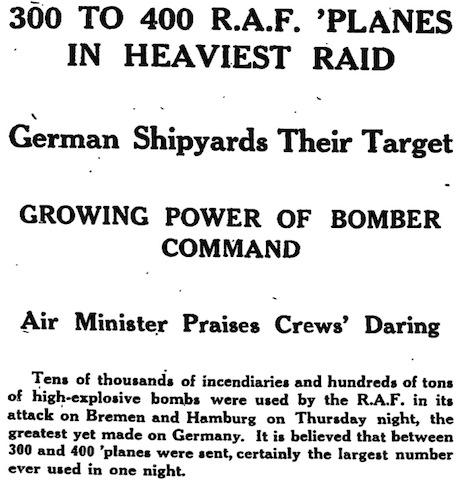
On 23 April 1918, this brief article, filed from Melbourne, was the lead story in a number of Australian newspapers:
Within the past 48 hours information has come to hand which points to the probability that the realities of war will soon be brought before Australians in a most convincing fashion. Steps have been taken by the Defence authorities to cope with a situation which may at any moment assume grave proportions. More than this cannot be said for the present.
That's not much, but it seems to have created quite a stir: according to the Perth Sunday Times, 'Australia was startled out of its somnolence'. The Melbourne Argus reported that 'Uneasiness was caused in Melbourne and in other centres' by the previous day's story, giving rise to 'most exaggerated rumours in the city'. A report in the New Zealand press also dated 24 April (but not published for another week) noted that the public in Sydney 'fairly seethed in excitement' at this news when it was published in the Daily Telegraph. Why? The report explains that
At the moment, Australia is suffering an attack of nerves in the matter of raiders, and any old story is accepted and sent wildly circulating. Certain definite signs of uneasiness in official circles, and certain things which cannot be hidden from the people have given colour to the wildest rumours. There is "something doing" -- but nothing to justify the excited stories of an imminent enemy attack on Australia which are now current.
So it seems that rumour had already prepared Australians to think that German naval raiders were lurking off the coast, and when they were told that 'the realities of war' might soon be present to them 'in a most convincing fashion', they believed that this meant an 'imminent enemy attack on Australia'. Or, as the Sunday Times put it, they had 'Visions of a German squadron breaking the British blockade and landing an expeditionary force on the Commonwealth coast'.
Read the rest of this entry »









Comments
IdleHistorian
Brett Holman, Neil Datson, Darrell, Brett Holman, Alan Allport
Brett Holman, Black Dog., Ric Pelvin, Brett Holman, Ian, Marine6 [...]
Brett Holman, Walter E. Gourlay, Brett Holman, silbey
Brett Holman, Black Dog., Brett Holman, Neil Datson
Black Dog., Black Dog., Brett Holman, Black Dog., Airminded · History never repeats
Brett Holman, Black Dog., Chinapilot, JDK, Brett Holman, JDK [...]